How Much Does a Cow Cost? A Comprehensive Guide (2023)
Published: January 18, 2023
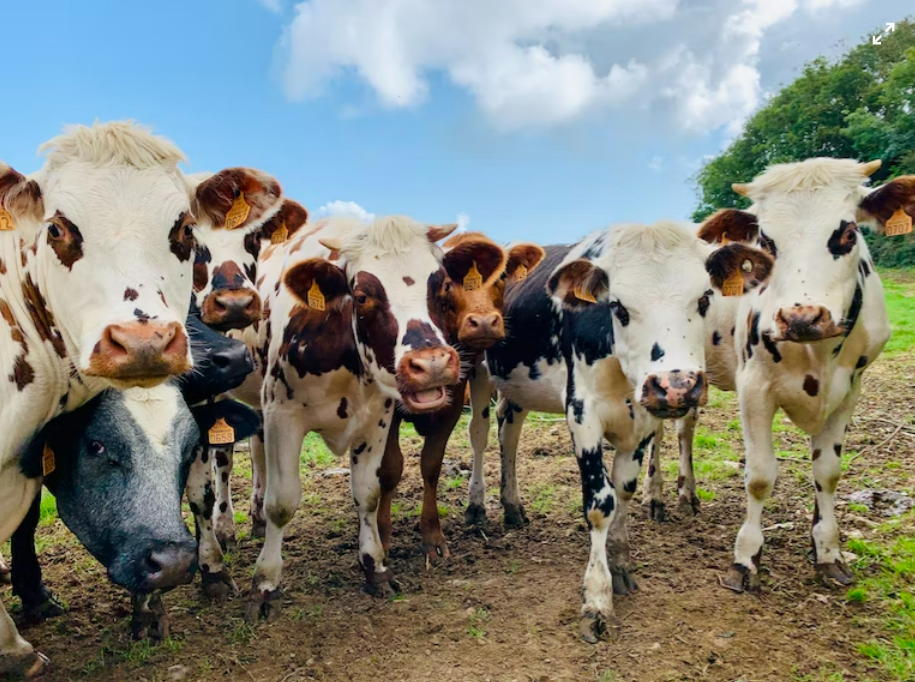
When it comes to purchasing a cow, there are many considerations:
How much does a cow cost?
What is the best breed for your ranch?
How much care will the cow need?
This article will answer all your questions about cow prices and provide a comprehensive guide on everything you need to know before buying one!
How much does a cow cost?
For anyone looking to become a dairy farmer or just add one cow to their home farm, it's important to know the cost of purchasing one.
A cow will cost between $900 to $5,000. However, many factors come into play that determines the final price, such as:
Type (dairy or beef)
Breed
Care
Market value
Age
Weight
Location
Economic conditions
Availability of feed
Grazing land
The price of a cow can be surprising, especially for beginner farmers. However, the cost of a cow heavily depends on the breed and the purpose for which you want the cow (i.e., providing milk or producing beef).
Before making your final decision, consider any additional expenses that accompany buying and caring for a cow, such as veterinary care, feed, and fencing.
Which type of cow costs the most?

Now that we know that the cost of a cow can range from $900-$5,000, the next question is how do cows differentiate in price based on their uses?
The purpose of a cow can be divided into two categories: dairy production and beef production.
Beef cows cost between $2,500-$3,000 and are bred for meat production.
A dairy cow costs roughly between $900-$3,000 and is bred for milk production.
Which type of cow is the most profitable?
Regarding profitability, a dairy cow and a beef cow provide different returns for farmers.

A dairy cow can be incredibly profitable due to the relatively high prices of dairy products they produce, such as milk and cheese. However, lactating dairy cows will require higher levels of maintenance and care than other types of livestock, so dairy farmers need to be prepared for the extra work involved in running their farms if they choose this option.
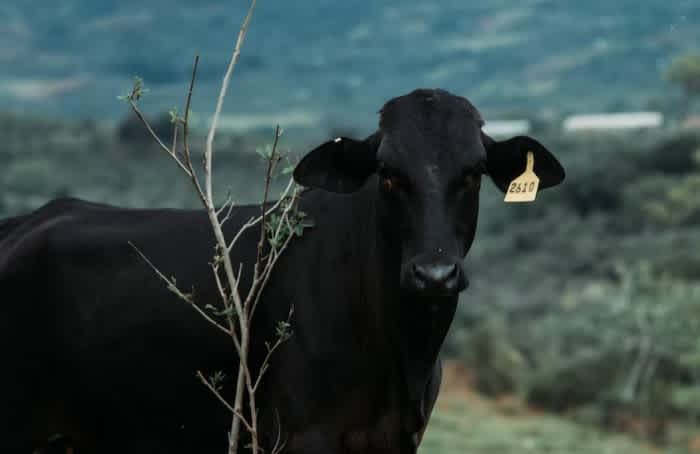
Beef heifers are also very profitable in their own right, often providing steady income streams through regular sales at auctions or direct-to-consumer sales. They also don't require the same level of maintenance as dairy cows, making them an attractive choice for people who don't have a lot of time on their hands but still want to make money from livestock.
Many factors come into play, but beef heifers tend to be more profitable than dairy cattle. This is simply because beef cattle require less maintenance. They only require regular health check-ups, vaccinations, and adequate grazing land and feed.
No matter which option a farmer chooses, whether it's a dairy cow or a beef cow, both can offer lucrative returns with proper care and attention given to the livestock.
Which breed of cow costs the most?
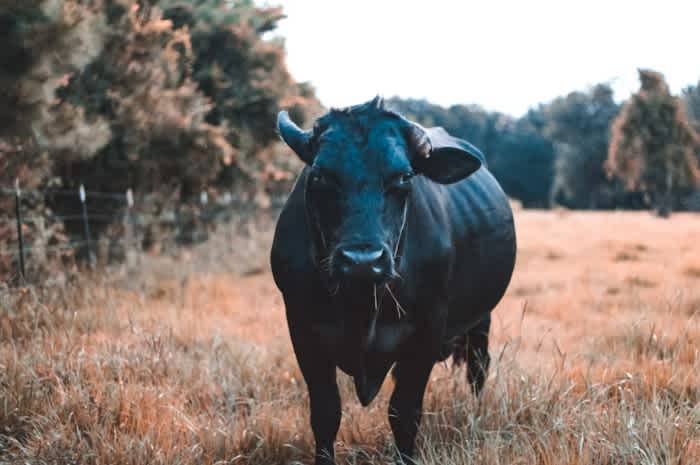
Here are some of the most common cattle breeds in the US and how much they can cost:
Angus (beef): $900-$3,000+
Holstein (dairy): $1,500-$2,100
Hereford (beef): $900-$3,000
Jersey (dairy): $900-$3,000
Remember that these are all rough prices. Many factors come into play when the price of a cow is determined.
Which breed of cow is the most profitable?
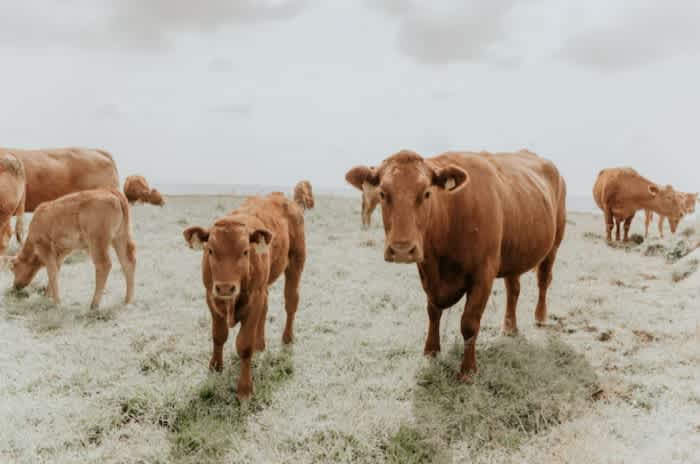
The best dairy cows that are the most profitable breeds for dairy products include Holstein cows (black and white patterns) and Jersey cows (reddish-tan). These are the best bred cows that produce the highest quantities of high-fat milk, which makes them a great choice for those looking to start a dairy farm.

For beef production, the best cow breeds to choose from are Angus (black), Hereford (red with white face and bellies), and Simmental (red with white patches). These cows produce high-grade meat with low-fat content.
Regardless of the type of cow you choose, be sure to ask your local veterinarian for advice on properly caring for and feeding each type.
How much care will the cow need?

Besides the cost of a cow upfront, other expenses are involved when caring for a cow to determine cow cost ultimately.
Cows require quality food, ample water, regular vaccination, and hoof trimming as part of their basic care needs.
Additionally, cows need to be housed in an adequate shelter to protect them from the elements. The cost of shelter depends on the number of cattle you have and the climate of your environment.
In addition, enough space for movement is also necessary for cattle to stay healthy. Determining the amount of space you will need is determined by the breed and amount of cattle you have.

Proper nutrition is also key in caring for cattle, as good grazing land and properly balanced feed help maintain their energy levels and aid metabolism while promoting optimal cow weight.
How much is a cow worth?
Here are some factors you should consider when determining the value of a cow:
Market Value
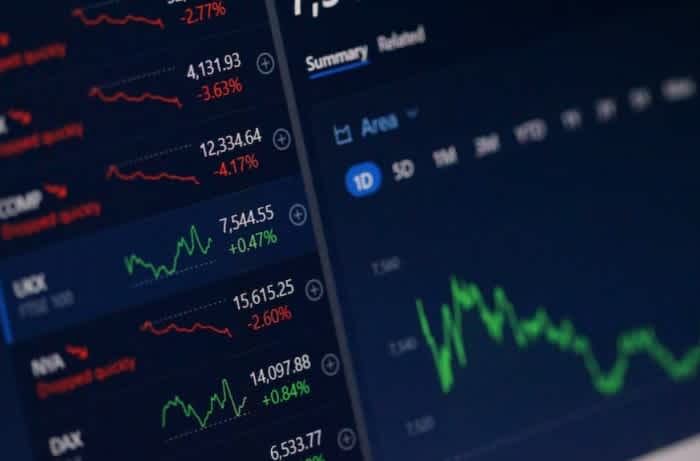
A cow's worth is determined by market forces such as demand and supply.
For example, a cow's breed and genetics play a large part in its market value. If the cow is known to produce high-quality meat or dairy, then it's likely to sell for higher prices than others.
The Angus cow produces the highest quality meat, while the Holstein cow produces the best quality milk, making both breeds high in cost and value.
Age
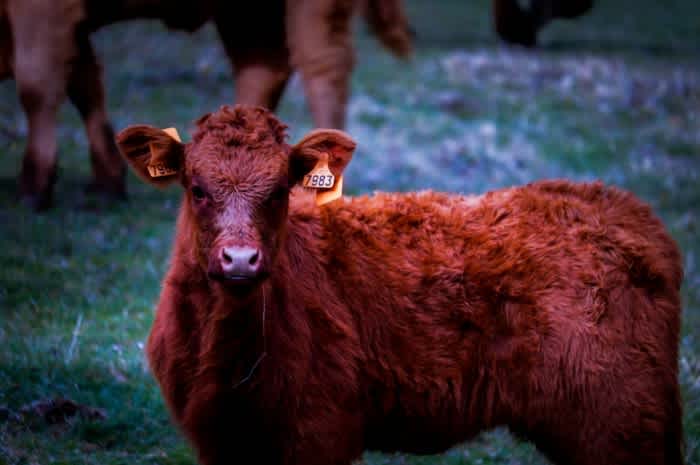
The age of a cow is another important factor in determining the worth of the animal.
Young cows between the ages of 1 and 5 are preferred since they can still reproduce and yield higher amounts of dairy if properly cared for, making them more valuable to farms than older animals.
For beef production, cow age also impacts the market value. Generally, cows between 1 and 4 provide optimal returns for producers to maximize profits on a steer or slaughtered heifer.
These cows have the minimum qualifications for producing prime beef at this age, and young cattle are prized for how mild, tender, and marbled their meat is.
As age increases above 4-5 years, cattle return a lower market price, making it less profitable for farmers to raise and sell those animals compared to younger ones.
Weight

The cow’s weight is an important factor when it comes to determining its worth.
Mature male cows tend to weigh between 1,000 - 4,000 lbs, while female cows can weigh between 800-2,400 lbs. The ideal weight for butchering is around 1,300 lbs. Once deboned and trimmed, you can get around 800 lbs of meat.
Cattle farmers must carefully watch their herd's weight to ensure that each animal has reached its optimal weight for sale. By accurately assessing the weight of their cows, farmers can maximize their profits by selling cows at their most marketable weight.
Weight is, therefore, essential for farmers who buy and sell cattle because it affects what price they are willing to pay or accept for a particular animal.
Location

In terms of economic value, the location of a cow can make a great deal of difference.
For example, cows raised in certain parts of the United States are known for having high-quality dairy cows, which can cost more than in other parts of the world. Canada and the US produce some of the highest quality beef cows.
Additionally, cows in rural areas often command higher prices than those in urban environments, as potential buyers may be willing to pay a premium for animals free from pollutants and other hazards associated with city living.
Ultimately, understanding and taking into account the importance of location is key to any cattle producer hoping to maximize the return on their investment.
Economic conditions

The value of a cow is largely determined by the economic conditions present in a particular area.
In areas where there is a higher demand for beef or other dairy products (such as countries like the United States and Brazil, which consume some of the largest amounts of beef every year), cows are also likely to be more valuable since they are capable of producing large amounts of meat and milk.
Additionally, any socioeconomic fluctuations in the region, such as changes in population size or agricultural production, will affect how much farmers can charge for their cows.
By being aware of economic factors, it can be easier to gauge how much each cow is worth accurately.
Availability of feed

Feed availability is key in determining a cow's worth, as its consumption can affect its size, productivity, and value.
A well-fed cow is more likely to reach their market weight faster, while they are also more likely to be productive dairy cows than those malnourished or under-eating.
Ranchers must consider the costs associated with any feed they purchase for their cows, as these costs can quickly add up when multiplied across a large herd. Therefore, being able to source feed cost effectively without compromising on quality is an integral factor that should be considered by ranchers when calculating the worth of their animal stock.
Grazing land
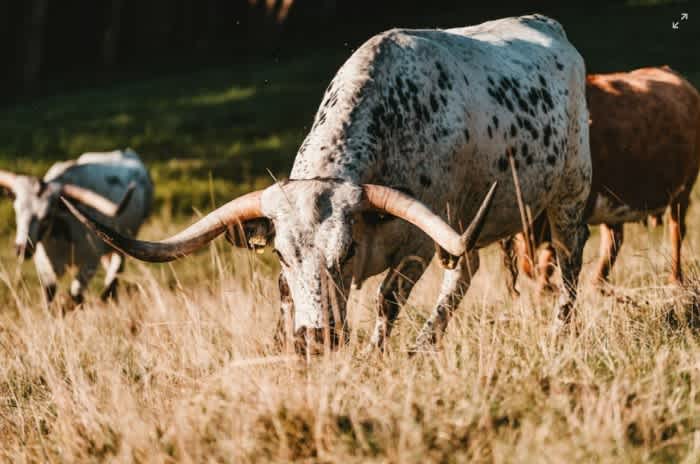
The quality of the grazing land a cow has access to is an important factor in determining the worth of a cow.
The abundance and availability of nutritious fodder, water, and shade play a major role in how healthy and productive a cow is.
Well-fed cows give more milk, produce more offspring, and slip into adulthood with little illness or complications. When adult cows enjoy good health, this impacts their worth as potential breeding stock for other farmers or those wanting to diversify their livestock herd.
A cow roaming quality pasture filled with superior-grade grasses can be sold for significantly more than one that primarily dines on sparsely covered fields with less desirable vegetation.
Grazing land plays an integral role in the overall health of cows and their value.
Final Thoughts
A cow will cost you somewhere between $900-$5,000, depending on the different factors that come into play which we have covered in this article:
The type of cow (beef cows tend to cost more since they require less maintenance than dairy cows)
The breed (Angus and Holstein tend to be the most expensive as Angus cows produce excellent quality beef and Holstein cows are great milk providers)
The care the cattle will need (food, water, vaccinations, and hoof trimming)
Age (young cows between the ages of 1-5 are valued the most for their prime meat and dairy production)
Weight (1,300 lbs is ideal when wanting to slaughter cows)
Location (where you live and the quality of cattle plus economic factors play a role in cattle price)
Feed (the quality and availability of feed impact how healthy the cattle are, which affects the price of a cow)
Ultimately, the question "how much does a cow cost?" can only be answered generally since many factors are involved, and every farmer's situation is different.
It's highly recommended that you do adequate research based on your specific circumstance for buying a cow and speak with an expert and experienced local farmer to get an accurate estimate of the price you should pay. That way, you can make sure that your investment is worthwhile.
Keep track of all your cattle with the #1 Cattle Management Software
Try out Ranchr today for free